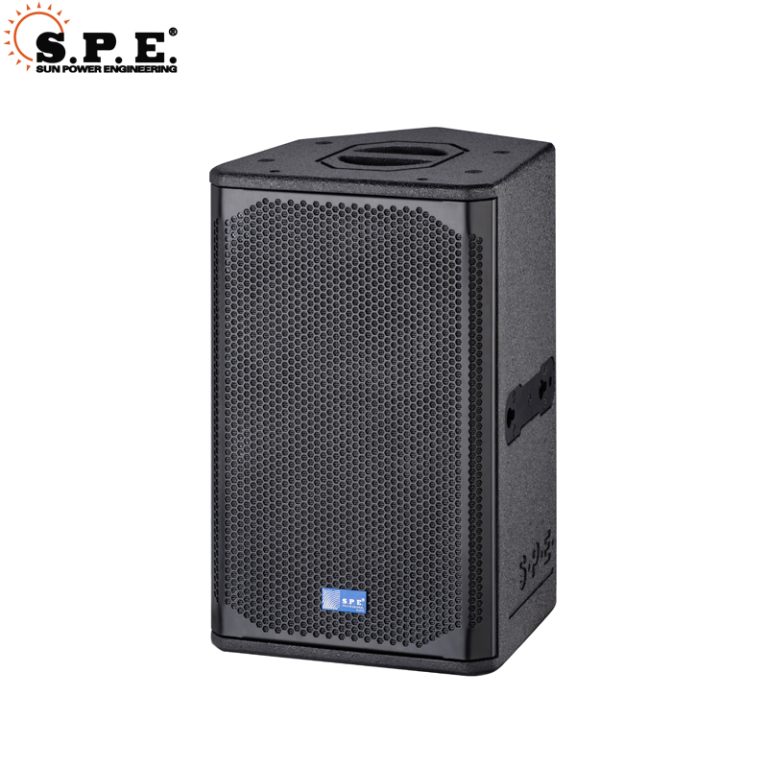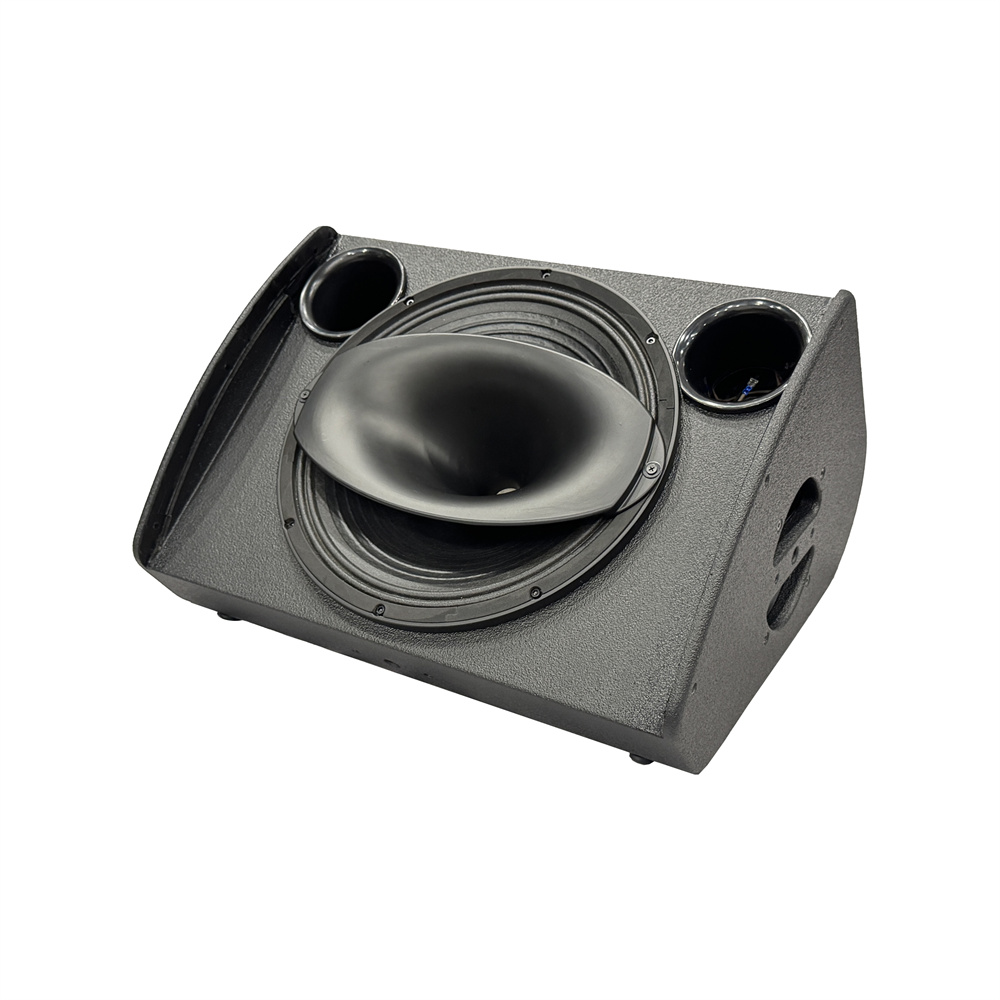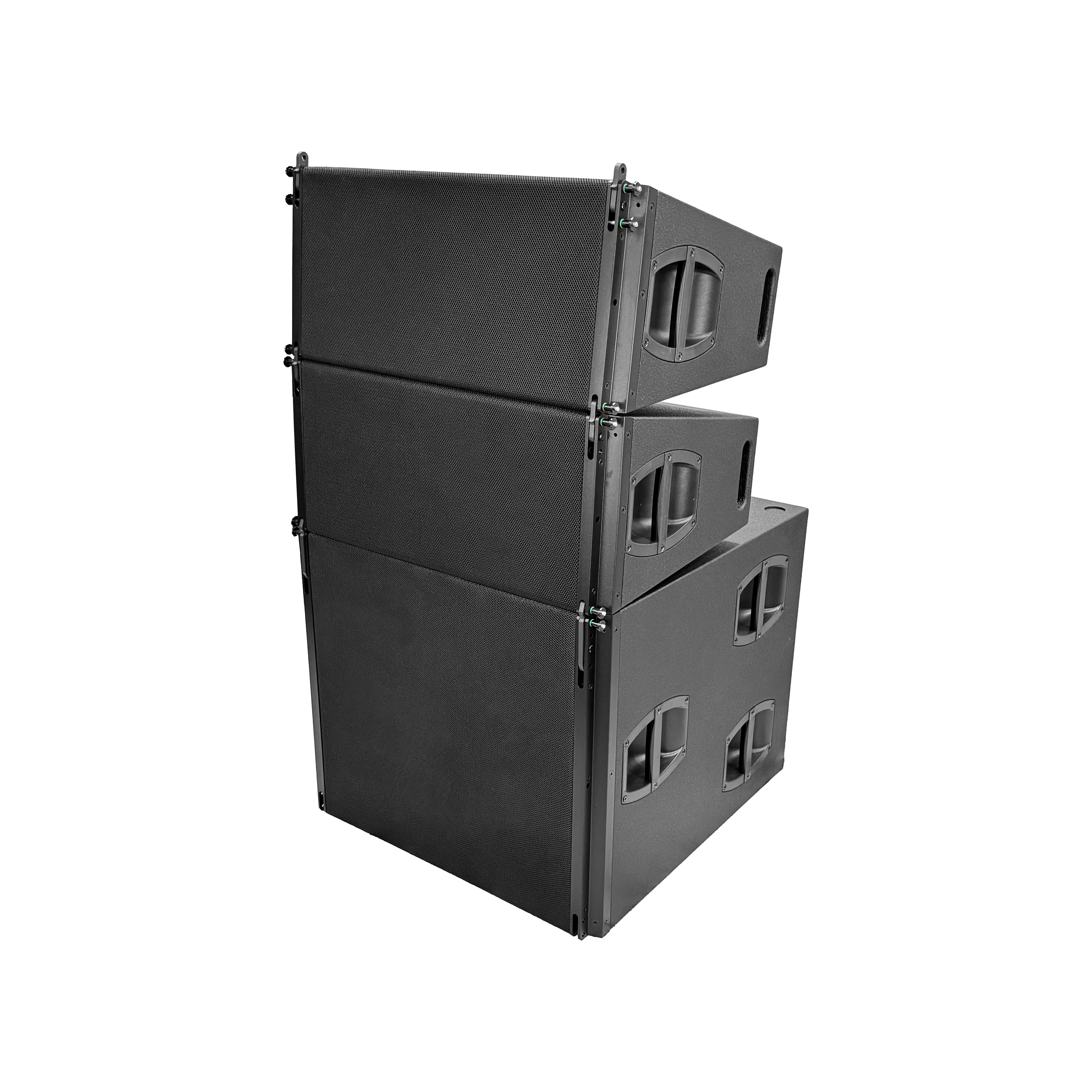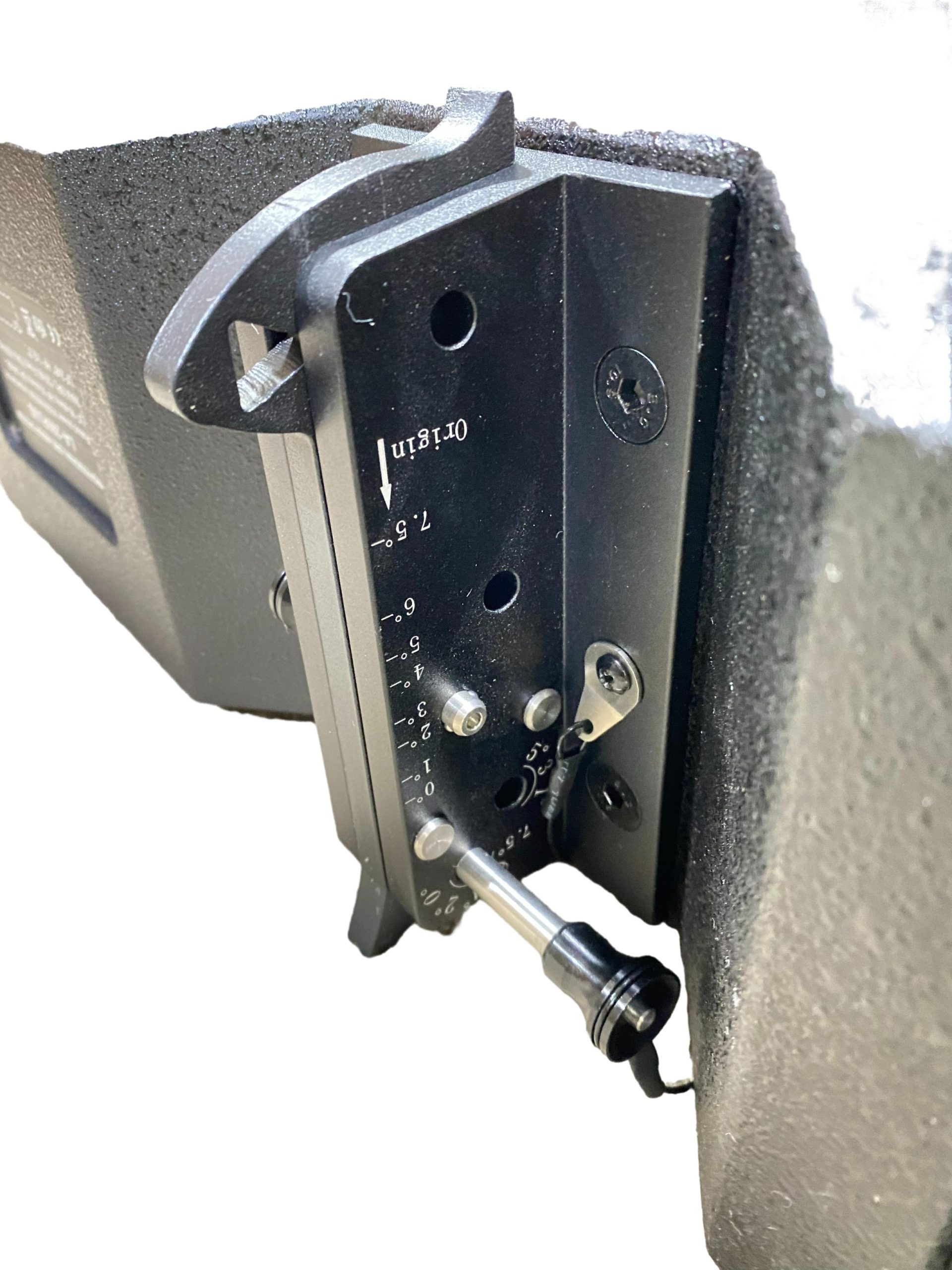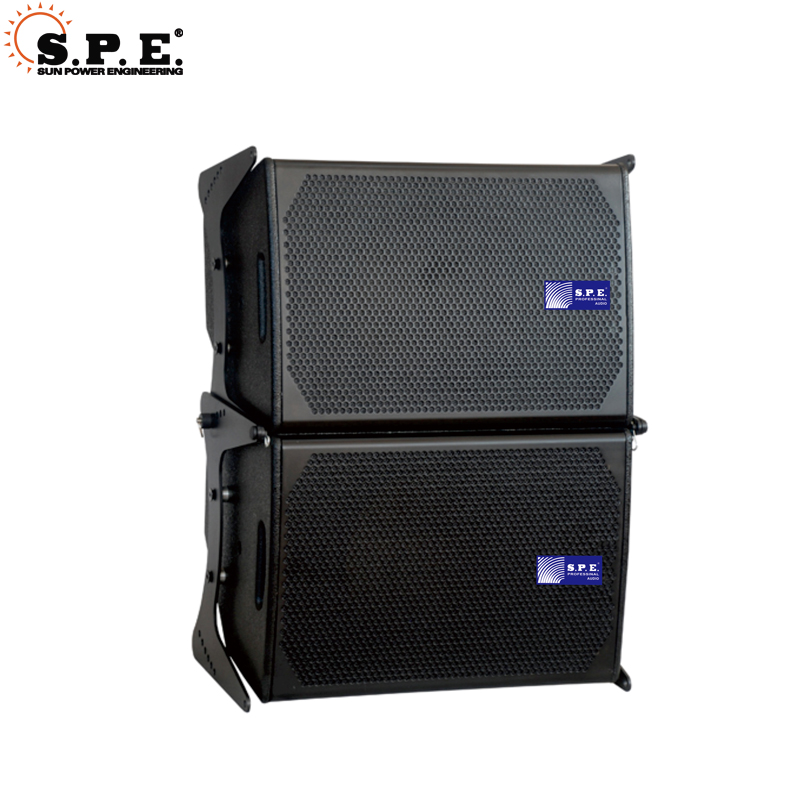Line arrays are the preferred PA solution for most touring bands. Offering high-fidelity sound reproduction with wide dispersion capabilities, they provide outstanding coverage at large venues.
Understanding how a line array system operates is essential to properly maintaining it. This article will provide an introduction to line arrays as well as their performance characteristics and functions.
Common Issues
Line array systems differ from traditional point source speakers by vertically stacking multiple speaker cabinets to produce wide horizontal dispersion. Line array systems offer various benefits for houses of worship, including increased sound coverage and reduced distortion; however, their use must also take into account certain limitations that need to be carefully considered before selecting and using one.
Line arrays can produce an odd directional response at higher frequencies due to uneven diaphragm radiating across individual cabinets’ height, creating discontinuities in wavefront at high frequencies. To address this problem, carefully angle individual cabinets within a line array stack to direct sound where it’s needed most while minimizing reflective surfaces.
Prior to selecting a line array system, it is also crucial that one consider the acoustic requirements of their venue. Larger venues tend to require more power than smaller events, necessitating more powerful amplifiers for such systems. Furthermore, event size must also be taken into consideration to ensure the array can meet these specific acoustic requirements.
No matter which line array system you opt for, regular maintenance and inspection are critical in identifying potential issues and rectifying them quickly. Furthermore, protecting equipment against environmental elements like moisture accumulation, extreme temperatures or saltwater exposure is paramount to its overall functionality and long-term viability.
An effectively maintained line array system is less likely to experience audio distortion or noise that degrades service sound quality. If this occurs, first ensure that all sources and connection cables are normal before reaching out for assistance from after-sales services if needed.
Uneven sound coverage is another common problem with line arrays, often caused by incorrect array design or layout. To address this, inspecting and following manufacturer recommendations regarding suspension hardware inspection procedures will help mitigate this problem.
Diagnostic Techniques
Line array systems are an intricate piece of professional audio equipment. Their installation requires meticulous mechanical planning, precise electronic frequency division and calibration procedures as well as regular maintenance to maintain optimal performance. To keep these complex pieces running at peak condition, routine inspection and preventative maintenance procedures must also be conducted at regular intervals to maintain peak condition performance.
Although line arrays can bring many advantages to church sound systems, it’s essential that church leaders understand its limitations and challenges. One major drawback of line array technology is its inability to create perfect line sources – like point source speakers – in real life. Even high-quality PA speakers will have some distortion or phase anomalies; whereas line arrays create more controlled wavefronts which more closely resemble linear sources from listening positions.
Limitations include the physical size of an array, which dictates its low frequency coverage characteristics. To produce a coherent beam of sound with minimal delay spread in listening direction is no easy feat; therefore it should be mounted at an appropriate height so sound waves can enter rooms efficiently.
High-frequency drivers must also be designed carefully in order to produce sound without interfering with lower frequency array components, meaning that their vertical dimension must remain narrow; ideal results would see no divergence from the main array. Achieving this result may prove challenging and one reason for why a good line array system typically costs more than single point-source speaker systems.
Avoiding these problems requires careful, systematic planning and implementation of the system, with comprehensive testing and verification procedures. An array should be tested prior to being installed and periodically thereafter during operation; additionally full acoustic modeling programs like CATT-Acoustic, EASE, Bose Modeler or Odeon should be used to confirm whether its intended performance goals and manufacturers’ recommended rigging requirements have been achieved.
Repair Strategies
Proper maintenance of your line array system is critical to avoiding failure and cutting maintenance costs, including checking and servicing its hardware components, amplifiers, speakers, signal processors and accessories regularly. Should something go amiss though, knowing how to quickly troubleshoot any issue requires both experience and knowledge of technical management practices as well as smart information management techniques.
As soon as a fault arises, your troubleshooting process should begin by documenting it. This will provide a better understanding of what needs fixing while helping avoid unnecessary trips by maintenance technicians or third party vendors. Furthermore, prioritizing urgent issues will allow for prompt resolutions.
Once you’ve collected relevant data, create a troubleshooting checklist to guide your team through identifying an issue, planning a response, testing it out and eventually solving it. Doing this will increase efficiency while decreasing costly repairs or unplanned downtime in future.
One effective approach for troubleshooting in organizations is comparing the issue with similar systems within your organization, as this can provide valuable clues as to its cause. For example, if it involves multiple devices it could be due to a software glitch which needs updating; on the other hand, physical issues might include broken connections or overloading, in which case one or more speakers may require replacement.
As factories become more automated and require fewer operators, technology continues to provide easier, faster, and safer troubleshooting solutions on plant floors. Machine learning is one such solution – it can detect potential problems while simultaneously identifying possible causes; predictive models of equipment performance could also help lower maintenance costs and boost productivity.
Implementing an efficient troubleshooting strategy is key to minimizing equipment downtime and improving production quality. Doing so will allow you to avoid expensive repairs or unscheduled downtime and maximize performance of a single 12-inch line array system.
Preventive Maintenance
Preventive maintenance practices are key to the longevity and reliability of line array systems. By taking proactive steps such as regular inspection and maintenance inspections, operations costs can be drastically reduced while increasing overall productivity and decreasing unexpected breakdowns.
Preventive maintenance checklists identify specific daily, weekly, monthly, and annual tasks to extend the lifespan of a system. By creating specific system checklists, operators are better able to monitor potential issues before they become costly repairs.
Details are essential in creating consistent and high quality maintenance procedures, and using a computerized maintenance management system (CMMS) offers an efficient and organized way of overseeing regular maintenance tasks, work orders, inventory tracking, parts shipments tracking, equipment status reporting and equipment condition assessments.
Experience and lessons from field repairs can provide useful insight into additional areas of concern for specific pieces of equipment. Taking the time to review this data and incorporate it into a preventive maintenance plan will further increase operational efficiencies while decreasing risks of unexpected equipment downtime.
Highly trained maintenance staff are the cornerstone of a successful preventive maintenance program, so investing in their training and development will extend equipment longevity, reliability, and performance.
Skilled technicians have the ability to detect emerging issues that could be precursors to failure and take swift corrective actions before they result in unplanned outages or major defects. Training programs should be customized according to equipment type used, with hands-on labs providing opportunities for practice and application of newly learned skills.
Predictive maintenance is an advanced form of preventive maintenance that utilizes data analytics and machine learning to predict when equipment will break. By reviewing historical performance data on equipment, predictive maintenance provides opportunities to repair, replace or make operational changes to reduce or prevent the impending failure of devices or systems.
Preventive maintenance for line arrays involves monitoring performance in their venue of use and making sure that it’s calibrated, tuned, and configured properly to produce maximum sound quality and coverage. Furthermore, keeping it in a climate-controlled environment to avoid extreme temperatures or humidity extremes helps prolong its lifespan and protect it against environmental damages.

